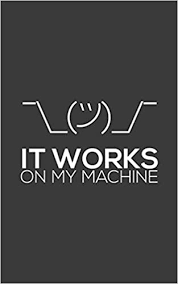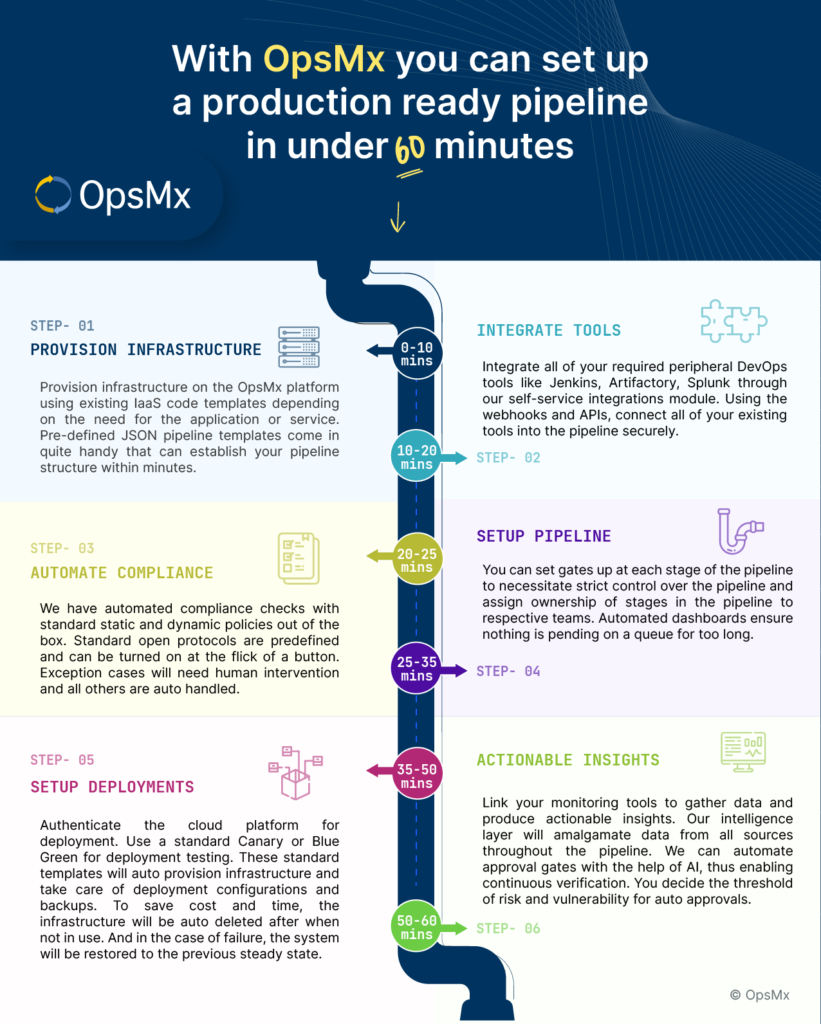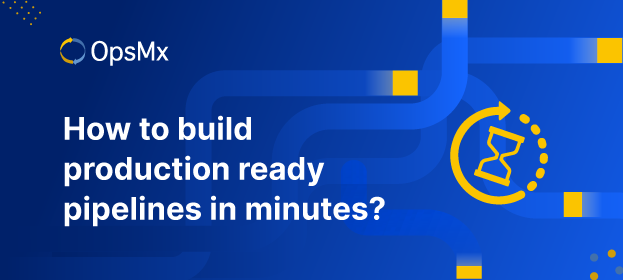Table of Contents
What is a software delivery pipeline?
A software delivery pipeline is a series of dependent stages through which a code or artifact flows from the developer’s system to a production server. In a software delivery pipeline, the code will progress from code check-in through test, build, deploy, and production stages. We can categorize these stages into two major buckets: CI and CD. Read in depth about CI/CD pipelines and components.
Challenges in a CI/CD software delivery pipeline.
Though it sounds simple, moving a code to production has become very complex and complicated. Complications have moved another notch further with cloud infrastructure in the picture. The distributed cloud systems need micro-management. To manage distributed cloud infrastructure, SREs needed a plethora of scripts. And we all know scripts come with their own set of challenges, for example, scaling and execution.
1. Security
Larger teams and larger codes mean organizations need to establish role-based access controls for the pipelines. And to deliver software that meets the industry standards, the pipelines need to be integrated with compliance checks at each stage. We must check each code passing through the stages with dynamic and static policies to ensure that errors in production are at a minimum. Security is a key bottleneck to achieving speed. So automating the most trivial checks is the most logical solution.
Look at how OpsMx ISD can automate your security pipeline without compromising speed.
2. Infrastructure management
The demand for infrastructure will be omnipresent. Infrastructure costs eat away the bottom line of a company’s finances. Besides the financial stress, engineers and developers are always struggling with provisioning the right environments for development, testing, and production.

3. End to end automation for unhinged release velocity
The market is flooded with a multitude of tools that act as point automation solutions that solve a part of each problem, but even after implementing these point solutions, the entire ecosystem of software delivery works in silos. Though each stage now has been sped up, it has intensified bottlenecks before and after each stage.
OpsMx ISD offers a CD platform that is flexible enough to establish a pipeline for continuous delivery with any kind of DevOps tools available under the sun. Check out the list of 60+ integrations that we support.
The ethos of DevOps
“Making lots of minor changes swiftly is infinitely easier than making a few bulky changes slowly. “
Bugs are easier to find and troubleshoot if they were written within the past few days as compared to ones that were written years earlier. A modern software delivery ensures that code can move fast through all checks and filters and gets deployed to production on demand.
What do we mean by a production-ready pipeline in under 60 minutes?
The 60-minute benchmark to set up a pipeline is not about the extensible platform that OpsMx offers. It is the ideology with which all of our engineers have built the platform under the leadership of CEO, Gopal Dommety. He envisions OpsMx open CD platform as a central intelligent software delivery ecosystem that can integrate with every DevOps tool under the sun and provide businesses the time and strategy to focus more on customer satisfaction and innovation.
For a rapidly expanding business, it will need rapid software delivery in place that doesn’t break at every run. To achieve the noble state of software delivery, the business must take some hard calls and let go of their existing structure or architecture and build greenfield projects. Take Standard chartered, for example. They switched to cloud infrastructure with the help of OpsMx and got rid of monolithic systems in two years.
The question is, can your organization provision infrastructure and get the code into production within 60 minutes with a fully automated pipeline that has all security checks, monitoring, and deployment strategies baked in?
How do we do it?
Deciding to chuck existing architecture and tools might be difficult for some organizations that do not have the time, money, and human resources to achieve it. OpsMx has not lost sight of these businesses who want to experience the modern continuous delivery over their existing infrastructure and architecture.
The current OpsMx open CD platform integrates with 50+ tools to make sure that organizations have the option to retrofit the platform into their existing infrastructure. Leaders need not worry about the security and stability of such a deeply flexible system as our engineers have taken utmost care to make sure communications are secure and are following industry standards.
Human intelligence is irreplaceable, but AI algorithms have enabled us to reduce redundant work and allow SREs to focus only on core issues that actually need attention. With standard repeating issues taken care of, developers are more confident in experimenting, and engineers are always challenged to solve newer problems.
Imagine you are assigned to create a new pipeline for the deployment of a new app into Kubernetes. And you have been given only 60 minutes to do it. How do you get started and what do you do?

With OpsMx you can set up a production-ready pipeline in under 60 minutes:
0-10 mins / Step 1:
Provision infrastructure on the OpsMx platform using existing IaaS code templates depending on the need for the application or service. Pre-defined JSON pipeline templates come in quite handy that can establish your pipeline structure within minutes.
10-20 mins / Step 2:
Integrate all of your required peripheral DevOps tools like Jenkins, Artifactory, Splunk through our self-service integrations module. Using the webhooks and APIs, connect all of your existing tools into the pipeline securely.
20-25 mins / Step 3:
We have automated compliance checks with standard static and dynamic policies out of the box. Standard open protocols are predefined and can be turned on at the flick of a button. Exception cases will need human intervention and all others are auto-handled.
25-35 mins / Step 4:
You can set gates up at each stage of the pipeline to necessitate strict control over the pipeline and assign ownership of stages in the pipeline to respective teams. Automated dashboards ensure nothing is pending on a queue for too long.
35-50 mins / Step 5:
Authenticate the cloud platform for deployment. Use a standard Canary or Blue-Green for deployment testing. These standard templates will auto-provision infrastructure and take care of deployment configurations and backups. To save cost and time, the infrastructure will be auto-deleted after when not in use. And in the case of failure, the system will be restored to the previous steady state.
50-60 mins / Step 6:
Link your monitoring tools to gather data and produce actionable insights. Our intelligence layer will amalgamate data from all sources throughout the pipeline. We can automate approval gates with the help of AI, thus enabling continuous verification. You decide the threshold of risk and vulnerability for auto approvals.
What’s next ?
Enable your developers to focus more on innovation and reduce burnt-outs with the OpsMx CD platform that empowers them to build quick production ready pipelines without scripting.
Fine-grained policies increase security and automated risk assessments help avoid surprise outages. Our Dashboards allow for engineers and developers to collaborate and make better decisions with real-time visibility into the pipeline.

0 Comments